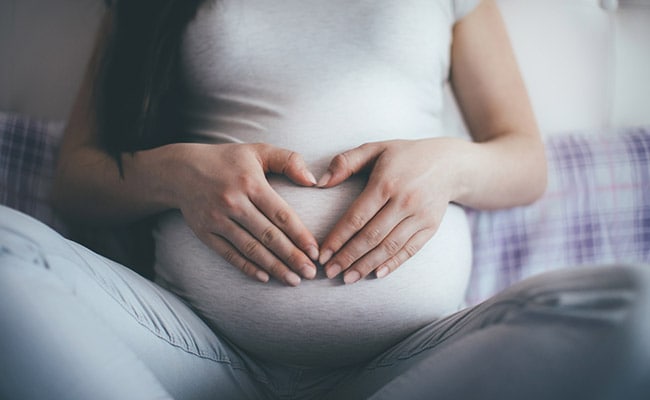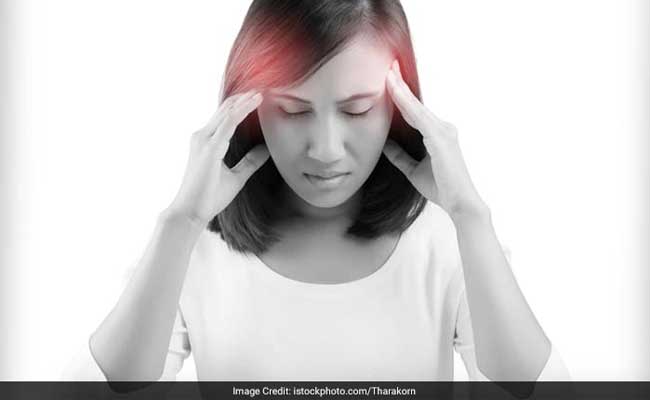
- Tender at breasts and constipation are common side effects of IVF
- You might feel short of breath, nausea or vomiting
- IVF involves a lot of financial and emotional commitment from the couple
In Vitro Fertilisation or IVF is known as an assisted reproductive technology (ART). It is a process which involves fertilisation by extracting eggs, retrieving a sperm sample and them combining the egg and sperm manually in a laboratory. After combining them, the embryo or embryos are transferred to the uterus. IVF is considered to be an effective way to treat infertility caused by damaged or blocked fallopian tubes, male factor fertility caused by low sperm count, women with ovarian disorders, premature ovarian failures or fibroids; women who have had their fallopian tubes removes, people with any genetic disorder or any other unexplained infertility. Success rates under IVF are dependent on a number of factors including maternal age, reproductive history, causes of infertility and of course, lifestyle factors. Nonetheless, IVF is considered to be an effective treatment for infertility.

IVF is considered to be an effective treatment of infertility
Photo Credit: iStock
How is IVF done?
IVF is done in 5 basic steps.
1. The first step involves basic fertility medications which are prescribed in order to stimulate the process of egg production. For IVF, a lot of eggs are required because some eggs do not fertilise or develop after retrieval. Transvaginal ultrasound is done to examine ovaries. Blood test samples are taken in order to check hormonal balance.
2. In step 2, the produced eggs are retrieved through a surgical procedure. This process uses ultrasound imaging to guide a hollow needle through pelvic cavity for removal of eggs. To reduce the pain and discomfort, the patients are provided with some medicines.
Also read: Here's How Post-Pregnancy Hypertension Can Affect You
3. As part of the third step, the male partner is asked to produce a sample of sperm which is prepared by combining with eggs.
4. The 4th process involves insemination, in which the sperm and eggs are mixed together and stored in a laboratory to facilitate fertilisation. In cases where the probability of fertilisation is low, intracytoplasmic sperm injection (ICSI) - a procedure wherein a single sperm is injected directly into the egg - is done to achieve fertilisation. Eggs are carefully monitored too see if fertilisation is successful and cell division is taking place. Eggs are considered as embryos after this procedure.
5. In the fifth step of IVF, embryos are transferred into the woman's uterus after 3-5 days of egg retrieval and fertilisation. The process of transfer of embryos is done through a catheter or a small tube inserted into the uterus. This process is mostly pain-free and might only cause mild cramping. Implantation of embryos is done around 6 to 10 days after egg retrieval.
IVF side effects
After IVF, a woman can begin with normal activities in the following day itself. Some side effects after IVF include passage of small amounts of fluid after the procedure. The fluid can be clear or slightly tinged with blood. Mild cramping and bloating can also be a side effect. Tender at breasts and constipation are other side effects that women experience after the procedure.
However, some signs like heavy vaginal bleeding, blood in the urine, pelvic pain and fever over 100.5°F must be checked by a doctor immediately.
Speaking of the side effects of fertility medications, they include mood swings, headaches, abdominal pain, hot flashes and abdominal bloating and ovarian hyper-stimulation syndrome (OHSS). OHSS is a side effect of IVF in very rare cases.

Women can experience headache after implantation in IVF
Photo Credit: iStock
Also read: Female Infertility: 7 Important Signs And Symptoms You Must Know
IVF risks
Any medical procedure comes with share of risks. Factors like feeling short of breath, nausea or vomiting, urinating less frequently, feeling faint, severe pain in the stomach, gaining around 5 kgs in 3 to 5 days and bloating. Experiencing any of these symptoms need to be checked with a doctor instantly.
There are some additional risks, which can be more dangerous. At times the process of egg retrieval can carry risk of bleeding and infection and cause damage to bowel or bladder.
Furthermore, with IVF, there are increased chances of multiples pregnancy or two or more foetuses. Multiples pregnancy can increase chances of premature deliver and low birth weight.
Rates of miscarriage are same as rates of miscarriage through normal pregnancy. But the risks increase with an increase in maternal age.
Chances of ectopic pregnancy - a pregnancy in which the foetus develops outside the uterus, typically in a fallopian tube - are around 2 to 5 %.
ART procedures involve a lot of financial, physical and emotional commitment from the couple. Stress and experiencing problems emotionally are common in case IVF is unsuccessful.
Disclaimer: This content including advice provides generic information only. It is in no way a substitute for qualified medical opinion. Always consult a specialist or your own doctor for more information. NDTV does not claim responsibility for this information.
Track Latest News Live on NDTV.com and get news updates from India and around the world

